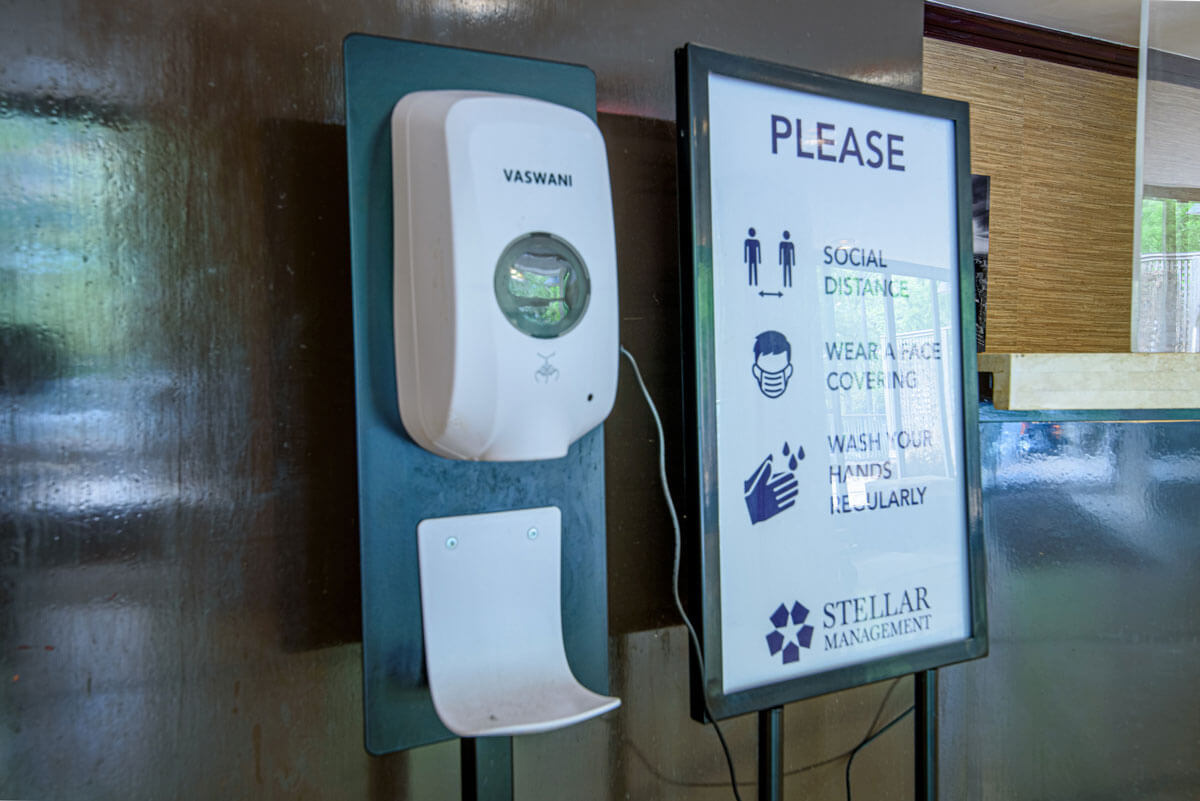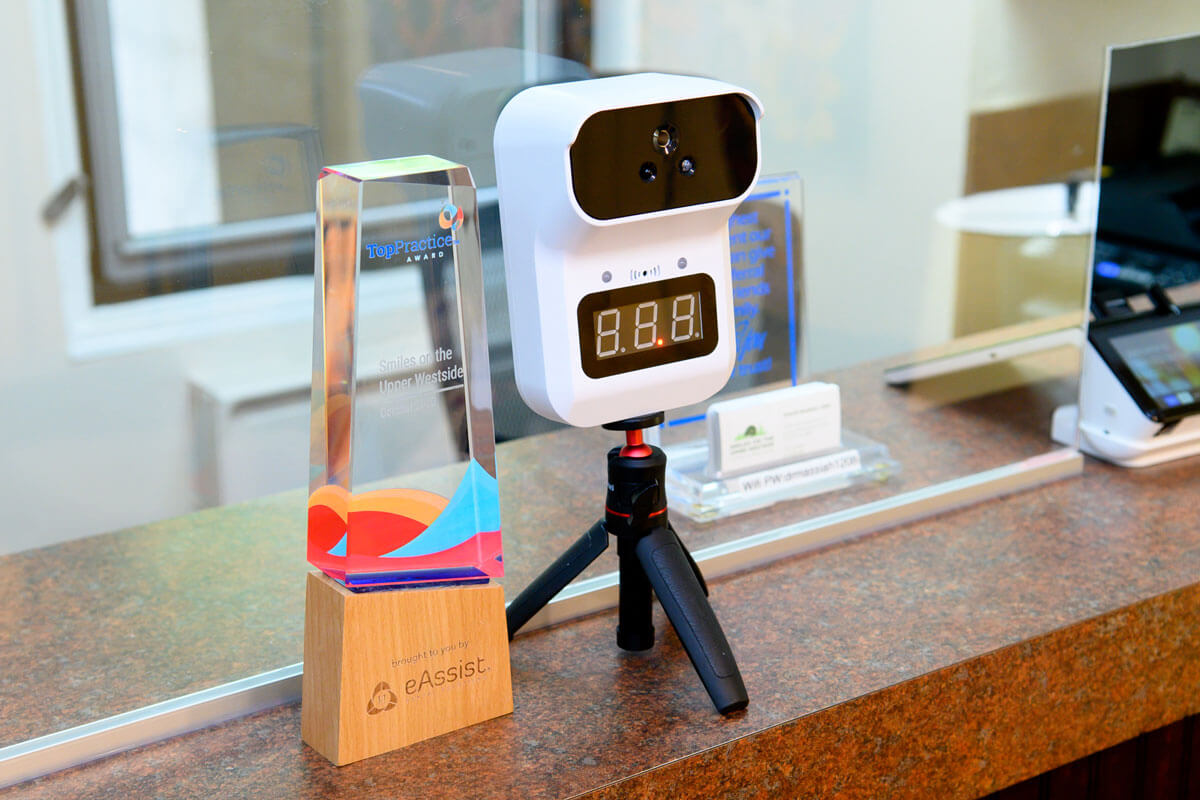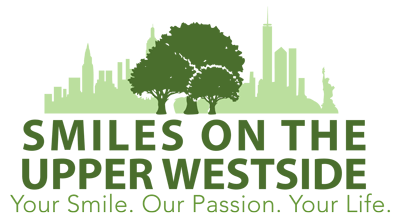Safety Protocols & Procedures for COVID-19
Dear Patient:
We hope this letter finds you and your family in good health. Our community has been through a lot over the last few months, and all of us are looking forward to resuming our normal habits and routines. While many things have changed, one thing has remained the same: our commitment to your safety.
Infection control has always been a top priority for our practice and you may have seen this during your visits to our office. Our infection control processes are made so that when you receive care, it’s both safe and comfortable. We want to tell you about the infection control procedures we follow in our practice to keep patients and staff safe.
Our office follows infection control recommendations made by the American Dental Association (ADA), the U.S. Centers for Disease Control and Prevention (CDC) and the Occupational Safety and Health Administration (OSHA). We follow the activities of these agencies so that we are up-to-date on any new rulings or guidance that may be issued. We do this to make sure that our infection control procedures are current and adhere to each agencies’ recommendations.
You may see some changes when it is time for your next appointment. We made these changes to help protect our patients and staff. For example:
- Our office will communicate with you beforehand to ask some screening questions. You’ll be asked those same questions again when you are in the office.
- We have hand sanitizer that we will ask you to use when you enter the office. You will also find some in the reception area and other places in the office for you to use as needed.
- You may see that our waiting room will no longer offer magazines since those items are difficult to clean and disinfect.
- Appointments will be managed to allow for social distancing between patients. That might mean that you’re offered fewer options for scheduling your appointment.
- We will do our best to allow greater time between patients to reduce waiting times for you, as well as to reduce the number of patients in the reception area at any one time.
We look forward to seeing you again and are happy to answer any questions you may have about the steps we take to keep you, and every patient, safe in our practice. If you have any questions or concerns, please leave a message at 212-222-5225 or email us at info@drmassiah.com.
Thank you for being our patient. We value your trust and loyalty and look forward to welcoming back our patients, neighbors and friends.
Sincerely, Dr. Massiah, Dr. Smolen, and Team
SMILES ON UPPER WEST SIDE INFECTION CONTROL PROCEDURES


The Pre-Screening process will begin 14 days prior to scheduled appointment.
PRE-VISIT SCREENING PROTOCOL
Every Monday Evening: Call all patients scheduled for the next 14 days and ask pre-screening questions below
3 DAYS PRIOR: All patients scheduled three days from the date of the call
“Hello, This is Smiles on the Upper West Side calling to inform you that given the COVID-19 pandemic, we’re taking special measures to assure that your health and safety are protected. Please contact us to reschedule your appointment if any of the following pertains to you: “See screening questions as outlined.”
If using an automated appointment reminder for the 3 or 14-day prior message, modify the message to ask the patient to not have anyone accompany them unless absolutely necessary.
To reduce the dissemination of respiratory droplets, patients will be provided with a level 1 mask in the reception area, if not already wearing one.
- Do you have a fever above 100 degrees? *”Yes” – reschedule
- Do you have any flu-like symptoms? “Yes” – reschedule
The first line in managing patients who may carry COVID-19 is health screening prior to the patient entering the facility. Anyone who has symptoms such as flu-like symptoms, muscle aches and pains, productive cough, dry cough, high fever, sense of loss of smell and/or taste, difficulty breathing with feelings like a “wet sponge” in the chest, or any combination are to be rescheduled. Some clinics may screen patients via telephone or text messages before they arrive at the clinic and others may screen them at the reception desk.
Staff must be protected from exposure. Any patient who meets any of the characteristics noted (elevated temperature and/or symptoms) are to be excluded from entering the clinic and referred to a nearby hospital or their primary care providers.
When patients arrive, at the front desk:
- Repeat the screening questions above
- Take patient’s temperature with infrared non-contact thermometer (if patient has temperature of 100 degrees or more, will be rescheduled)
- Have patient use hand sanitizer
- Give patient level 1 mask while in reception area
Dental Team Preparations:
- Dental health care personnel should self-monitor by remaining alert to any respiratory symptoms (cough, shortness of breath, sore throat) and check their temperatures twice daily regardless of the presence of other symptoms consistent with COVID-19.
- All staff at Smiles on the Upper Westside should have received their seasonal flu vaccine
- Dental staff at Smiles on the Upper Westside have been advised to not report to work if experiencing flu-like symptoms – which includes fever with cough, sore throat, muscle aches).
- Preparation of the Facilities:
- Hand sanitizing stations to be placed at the main entrances, waiting areas and reception desks. Remove all reading materials, magazines and other items from the waiting areas that may be hard to disinfect.
- We will instruct patients to not bring companions except when absolutely necessary (special needs, elderly, pediatric patients, etc.). These individuals will need to be screened as well as the patient upon arrival. Anyone who does not have a true purpose for being present will be asked to remain outside.
- Waiting area seating will be modified to increase social distancing.
- Existing standard precautions for dental care will be followed including the following personal protective equipment (PPE) for all providers (dentist, dental hygienist and dental assistant). Don in this sequence only.
- Protection eyewear/goggles with side shields
- Masks: level 3 surgical w/ or w/out face shield, N95 if available
- Medical level 2 or 3 disposable gown
- Examination gloves
Why level 3 masks instead of N95?
The size of a single COVID-19 virus is 70-90 nm, but the virus does not exist individually but in droplets/aerosols > 0.3 um which can be efficiently trapped by level 2 or 3 masks.
We recommend the use of a face shield with level 3 masks. However, if an operator is using loupes and light and cannot use shields, then an N95 masks (fitted) should be used.
Actions that will be taken in between patient treatment:
- Dentist and assistants will wash hands
- Clean and disinfect all clinical contact surfaces with Cavicide 1 or other EPA registered disinfectant effective against coronavirus
- Don examination gloves and protective eyewear.
- Flush all water lines (2 minutes prior to first patient visit).
- Place plastic wrap on light handles, bracket handles, light electrical switches, across the control panel, and other surfaces that will be touched during patient care.
- Attach saliva ejector tip, high-speed evacuation tip, sterile handpiece, and sterile three-way syringe tip. Prepare IsoVac or DryShield to be used as needed.
- Place plastic barrier sleeves over saliva ejector, high-speed evacuation, air/water syringe connections, computer keyboard and mouse and chair cover over the operatory chair.
- Prepare a cup with two teaspoons of 1.5% hydrogen peroxide mixed with mouthwash or Colgate Peroxyl for the patient to rinse with prior to any clinical care at sink.
- Set up all items used during delivery of care required for designated procedure.
- After completing the operatory set-up, remove gloves and protective eyewear. Wash hands thoroughly with soap and water for a minimum of 20 seconds.
Seating the Patient: (Doctor and/or Assistant)
- Have the patient thoroughly wash hands and use pre-treatment mouth rinse (1 minute) at the operatory sink.
- Seat patient. Review and update medical history. (Repeat screening questions and if patient answers yes, reschedule)
- Place drape on patient
- Open sterile packaging.
- Wash hands with soap/water or use hand sanitizer and don PPE in appropriate sequence in preparation for procedure
During patient care:
- If the patient did not already rinse, rinse with 1.5% hydrogen peroxide or povidone-iodine rinse for a total of one minute.
- Wipe around the patient’s nostrils then lips with alcohol gauze before and then again after the procedure is complete.
- For aerosol producing procedures where a rubber dam is not practical, such as with preparing teeth for crowns, the Isolite is to be utilized (Smiles on the Upper Westside has been utilizing Isolite/IsoVac for many years).
After the patient appointment
- Provider removes the drape from the patient gently inverting the outer exposed surface. Discard in infectious waste receptacle.
- Provider removes their advanced PPE using the following sequence ensuring each item is inverted to turn the contaminated side of the PPE inward:
- Examination gloves
- Face Shield and protective eyewear
- Head/neck cover, if used Surgical gown
- Level 3 face mask/N95 respirator.
- Place in an infectious waste container.
- Escort the patient to the front desk to make the next appointment.
Disinfection of the dental operatory in between patient care:
Wearing gown, mask, protective eyewear, and nitrile utility gloves, complete the following:
- Flush all water lines (handpiece and air/water) for at least 30 seconds.
- Remove all barriers, place them in an infectious waste receptacle.
- Clean and disinfect all clinical contact surfaces. Use designated surface disinfectant spray on countertops, bracket tables, cabinet doors and the operatory chair.
- Discard all disposable items in the infectious waste receptacles. Make sure that infectious waste container lid is closed after use.
- Discard needles, anesthetic carpules, burs, endodontic files, and other sharps into designate puncture-resistant containers, marked “biohazard” located within the operatory
- Place instruments in container and secure the lid. Disinfect all patient contaminated items such as surfaces of Cavitron, curing light, shade guides, denture tooth selection books, etc.
- Remove PPE and utility gloves using doffing protocols. Discard in the regulated infectious waste container. Wash hands using soap and water for a minimum of 20 seconds.
